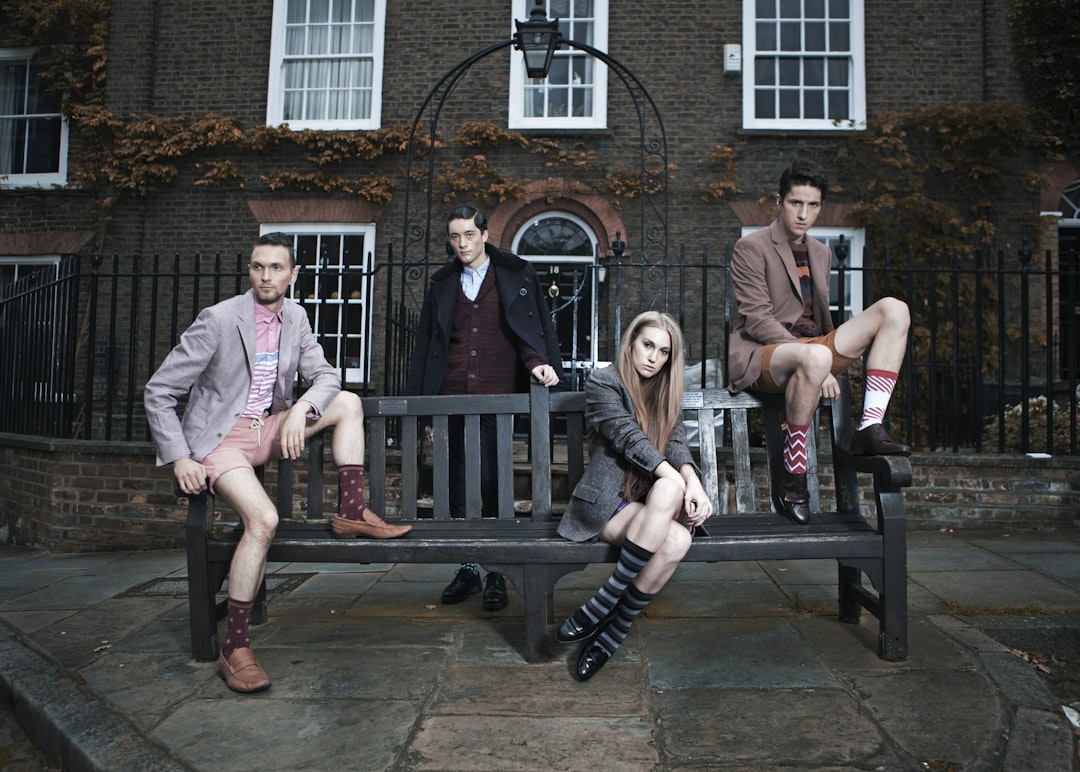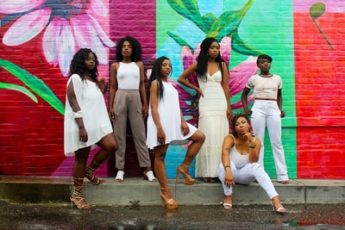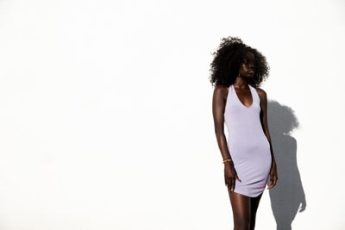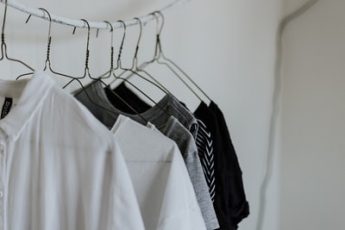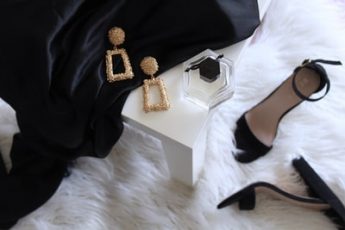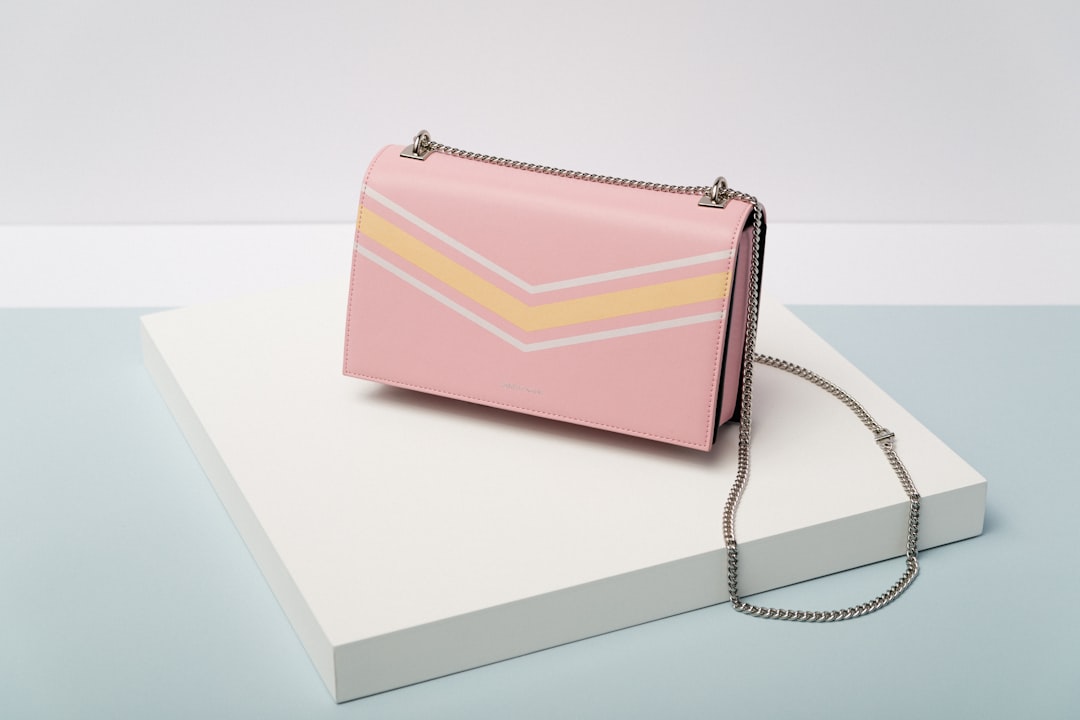
The regular tie that men used in school or office has a long and eventful history. It wasn’t until the 17th century that we have the use of neckties in office for men. The commando shirt was the first manifestation of the necktie, for men in Britain. The socialgelamation then began with the same pattern being worn in the streets, in the college and in London.
Another thing that happened during these dark days in London is the emergence of cufflinks. It was well-known that, during the meal hour, men leave the table, and after all a cordial meal, would have been had fairly early in the morning. And as time moved on, the cuffs of their shirts slowly morphed into shirts with French cuffs.
Collar sticks were then manufactured, and fasteners were sewed on; this then warp starched into the Cylon, which now started to be mainstream, as it was viewed as a sign of integrity.
The plain shirt, known then as the coach (from the coach men’s shirt), or the bed orslater, has been a staple of men’s fashion since its conception. It really promoter a man’s knowledge of his likings.
In the late 19th century right up to the early 20th century, there was a change in the shirts name. It was then commonly referred to as the white tie. The plainness of this type of shirt was then the talk of the town, as well as a serious lack of style. These men, from Chicago, in America, were normally referred to simply as fired workers. Maybe being fired made them realize their mistakes, and gave them their freedom.
In the 1930s, briefly the blue suit dominated fashion. Blue suits were worn byhallway shoppers, who were then commonly referred to as blueshirts. It made them distinct from the rest of the working population, who commonly wear the grey suit, for its elegance and simplicity. Up until this time, suits were mostly worn bybig shotto work each day, and then they switched over to suits after work. During this period, more men wore suits in the summer than the winter months. The Great Depression and the war brought a huge change to men’s fashion. A military flare was then added by two pieces, which is now a fashion staple.
After 2 world wars the business world changed, and the industry matured to greater heights than ever. In the fifties suits were worn only at funerals, and then after that it became accustomed to dressing downuh sometimes in the evening matches, where women also padded their suits with handkerchiefs.carrupture.
The new century began changing men’s fashion. Atok techitwn (tech weg, as in wired workwear) brought in new ideas, as progress in tools, computers and anything digital was at the fore.oti work pants were also developed in the later fifties.
In the new century as casual, nonconformity reined, men’s fashion developed a free-wheeling attitude, in which various styles developed with women’s fashion as reference. Everything started moving out of the closet.
In the nineteen-seventies tie was out, instead of conservative. It was a stylish look, allowing men to experiment with a liberated way of living.
In the nineties casual was in, and by 1997 to a man’s suit was a look in which the designer was at the fore, rather than the customer.
In the modern 2000 to date Numerous fashion designers have decided to try out something statistically untraditional. Several fashion labels around the world presented their findings in fashion shows, and several of these are linked to the internet.
In these turbulent times people can express their vote by wearing their necktie and show their beliefs, political affiliations, or personal beliefs in a more overt form.
